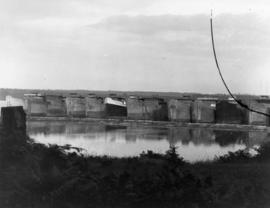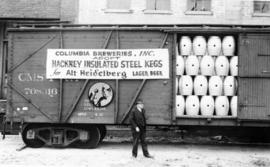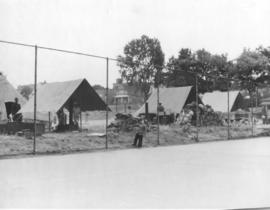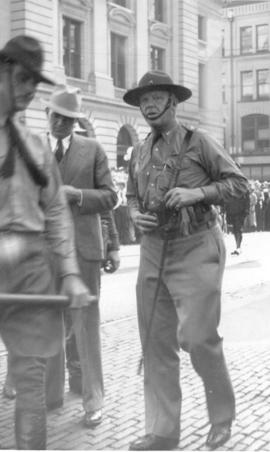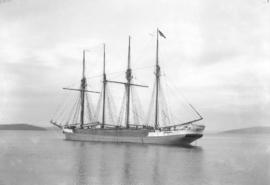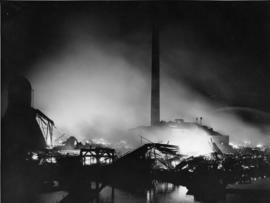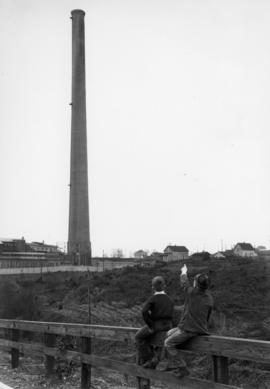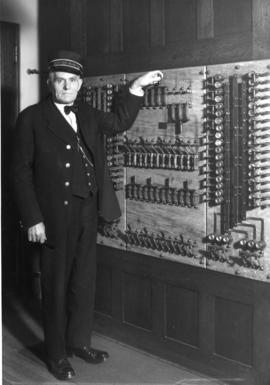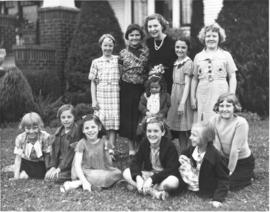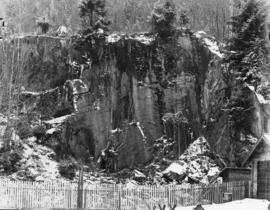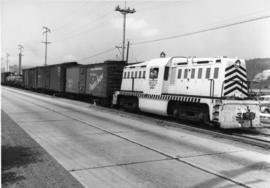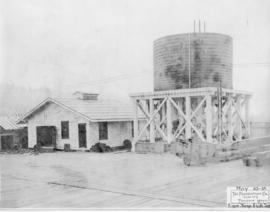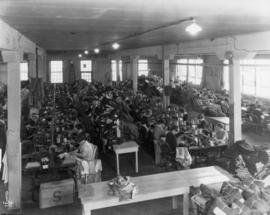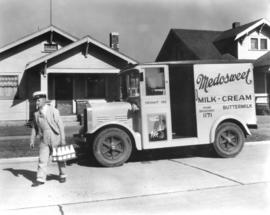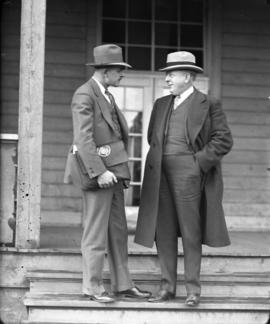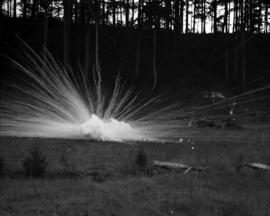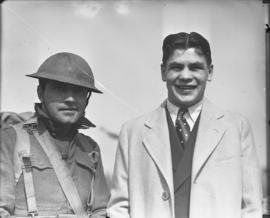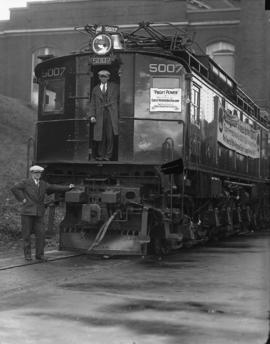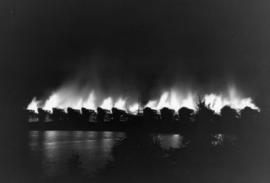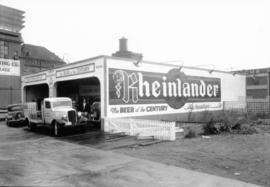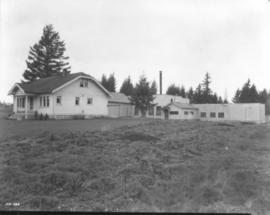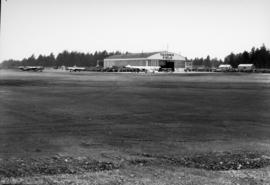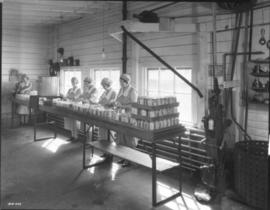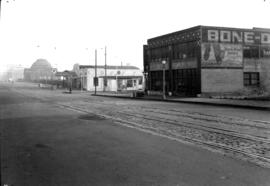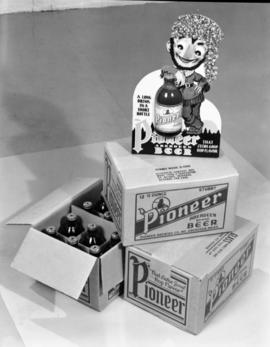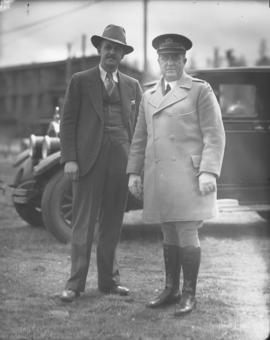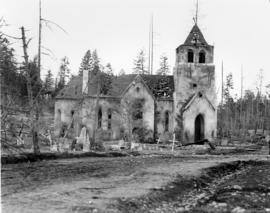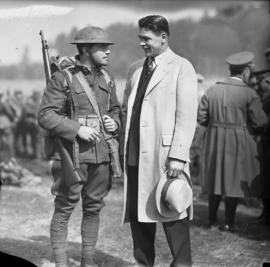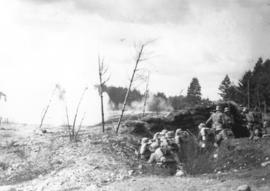- Item
- 1926-06-10
Part of Chapin Bowen Photographs
On June 10, 1926, thirteen World War I era wooden warships lay at anchor in one of the shallow inlets of Henderson Bay. The vessels had been built by Seaborn Shipbuilding Co., Wright Shipbuilding Co. and Tacoma Ship Building Co. in Tacoma for the French and intended for service during World War I, but when the war ended, the work was stopped and none of the remaining ships were completed. They previously were moored in Lake Union, Seattle. They were purchased for salvage by Washington Tug and Barge Co. and towed to the mouth of Minter Creek and then out into the inlet at high tide. The cabins and super structure were broken up, doused in kerosene and at 11:45 p.m. would be set on fire. (photograph is damaged (line) upper right corner) TPL-125 (TNT 6/11/1926, pg. 1)
